An Ode To IZIQHAZA
In Zulu culture, rites of passage mark significant transitions, with the ukuqhumbuza (ear-piercing ceremony) holding profound importance. Traditionally performed during the New Moon phase after the harvest, this ritual symbolises rebirth and the journey into adulthood. As Hlengiwe Dube notes in Zulu Beadwork (2009:92), ear piercing represents an opening—both literal and symbolic—to heightened understanding and greater responsibilities.
The ukuqhumbuza process involves gradually stretching the earlobes using bamboo or training plugs, culminating in the adornment of iziqhaza (Zulu earplugs). These earplugs signify the completion of the ritual, marking one’s transition to adulthood and readiness for marriage.
Dating back to the late 1800s, iziqhaza designs were deeply rooted in traditional beadwork motifs. However, after the 1930s, influences evolved as artisans working in urban centers began drawing inspiration from Art Deco architecture and even everyday objects, such as Sunbeam floor polish tins.
These pieces are not direct replicas of historical designs; rather, they serve as a symbolic celebration of African traditional practices and processes, embodying craftsmanship, creativity, and timelessness.
-

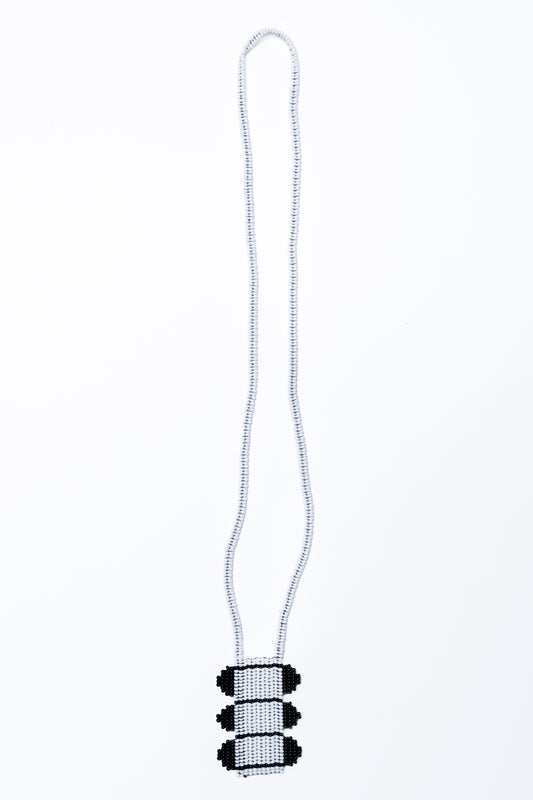 Sold out
Sold outMsebe Neckpiece
Regular price R 520.00 ZARRegular priceUnit price per -
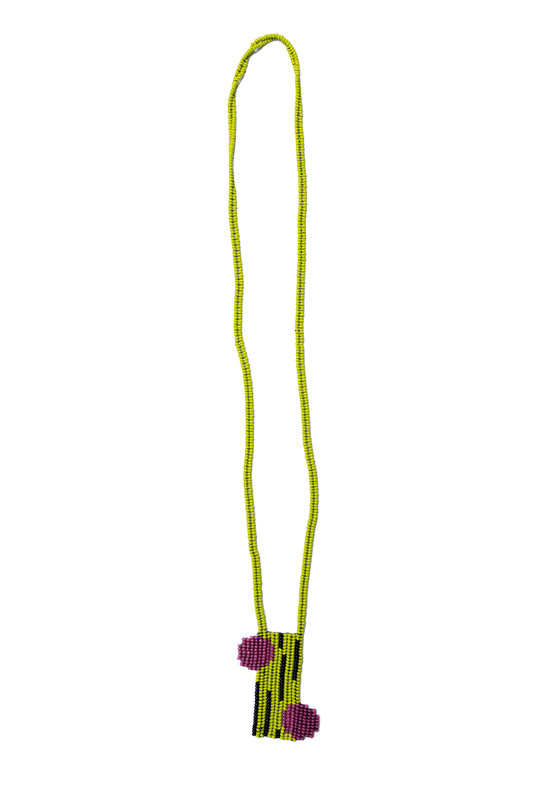
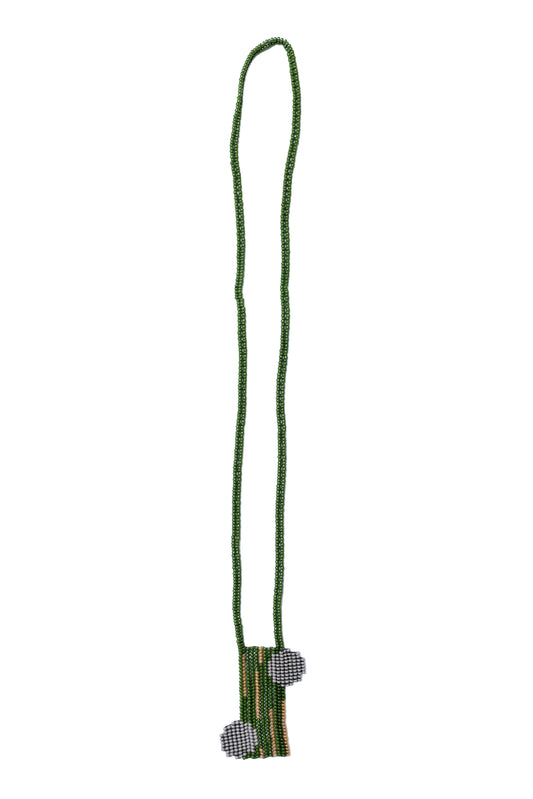 Sold out
Sold outNyezi Neckpiece
Regular price R 520.00 ZARRegular priceUnit price per -
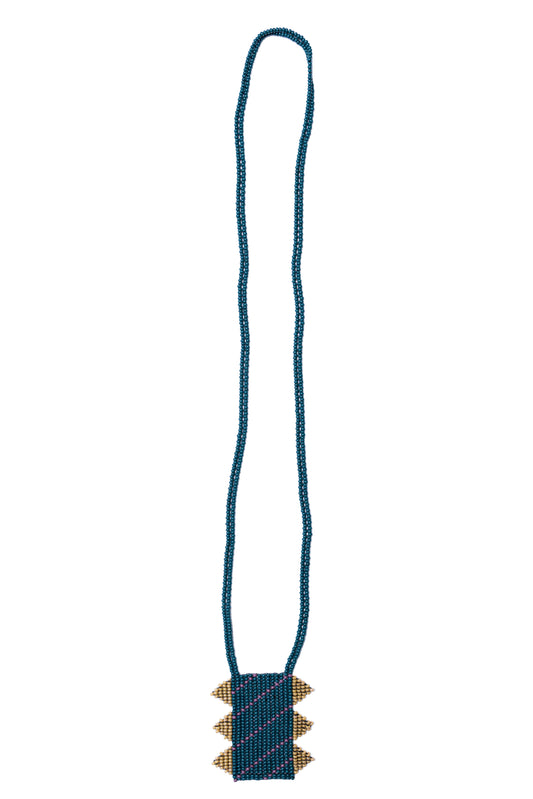
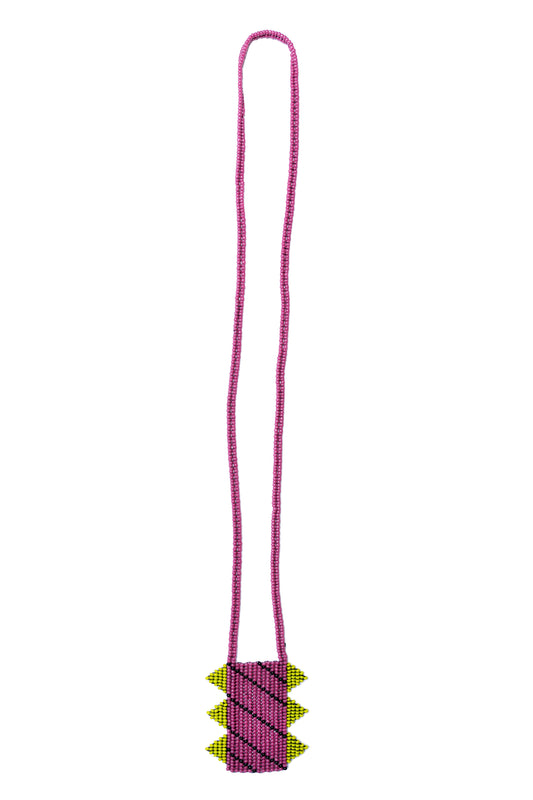 Sold out
Sold outMasingita Neckpice
Regular price R 520.00 ZARRegular priceUnit price per -
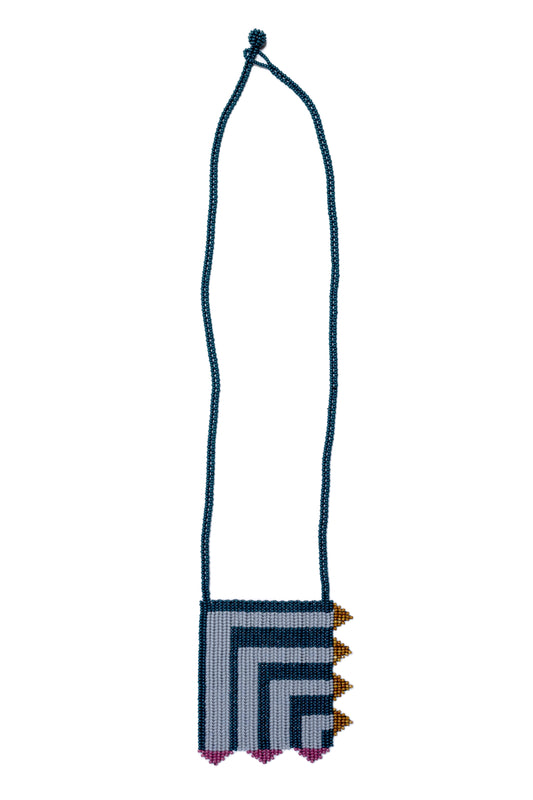 Sold out
Sold outMunachi Neckpiece
Regular price R 1,450.00 ZARRegular priceUnit price per -
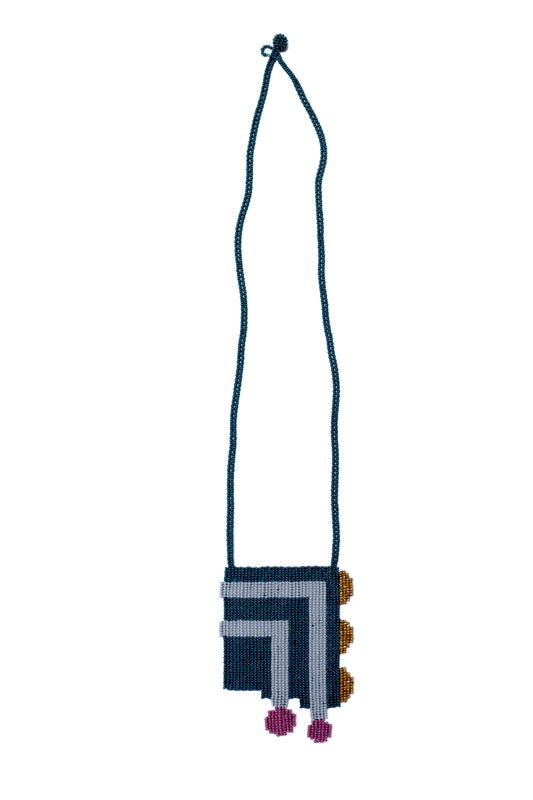 Sold out
Sold outZazi Neckpiece
Regular price R 1,320.00 ZARRegular priceUnit price per -
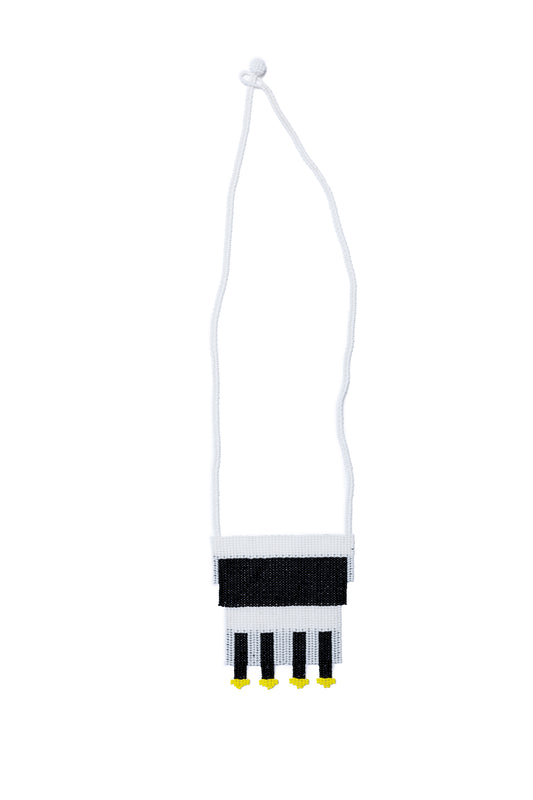 Sold out
Sold outZanokhule Neckpiece
Regular price R 1,450.00 ZARRegular priceUnit price per -
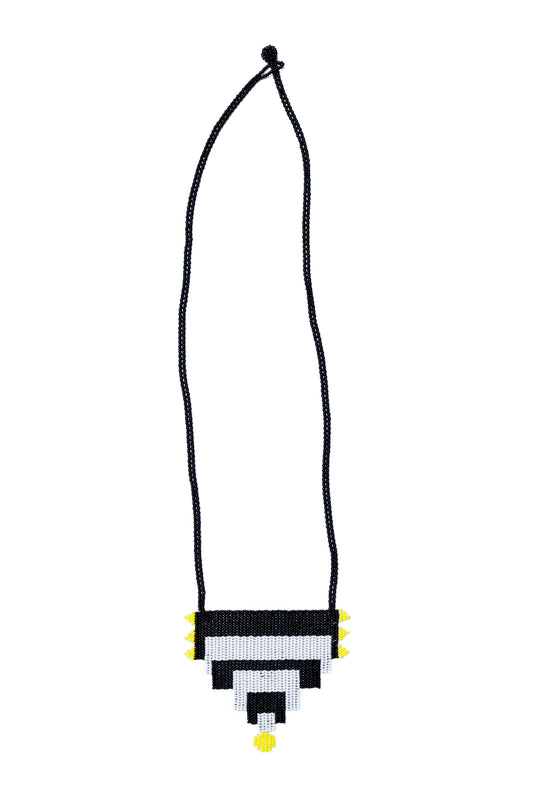 Sold out
Sold outAwakhiwe Neckpiece
Regular price R 1,320.00 ZARRegular priceUnit price per










